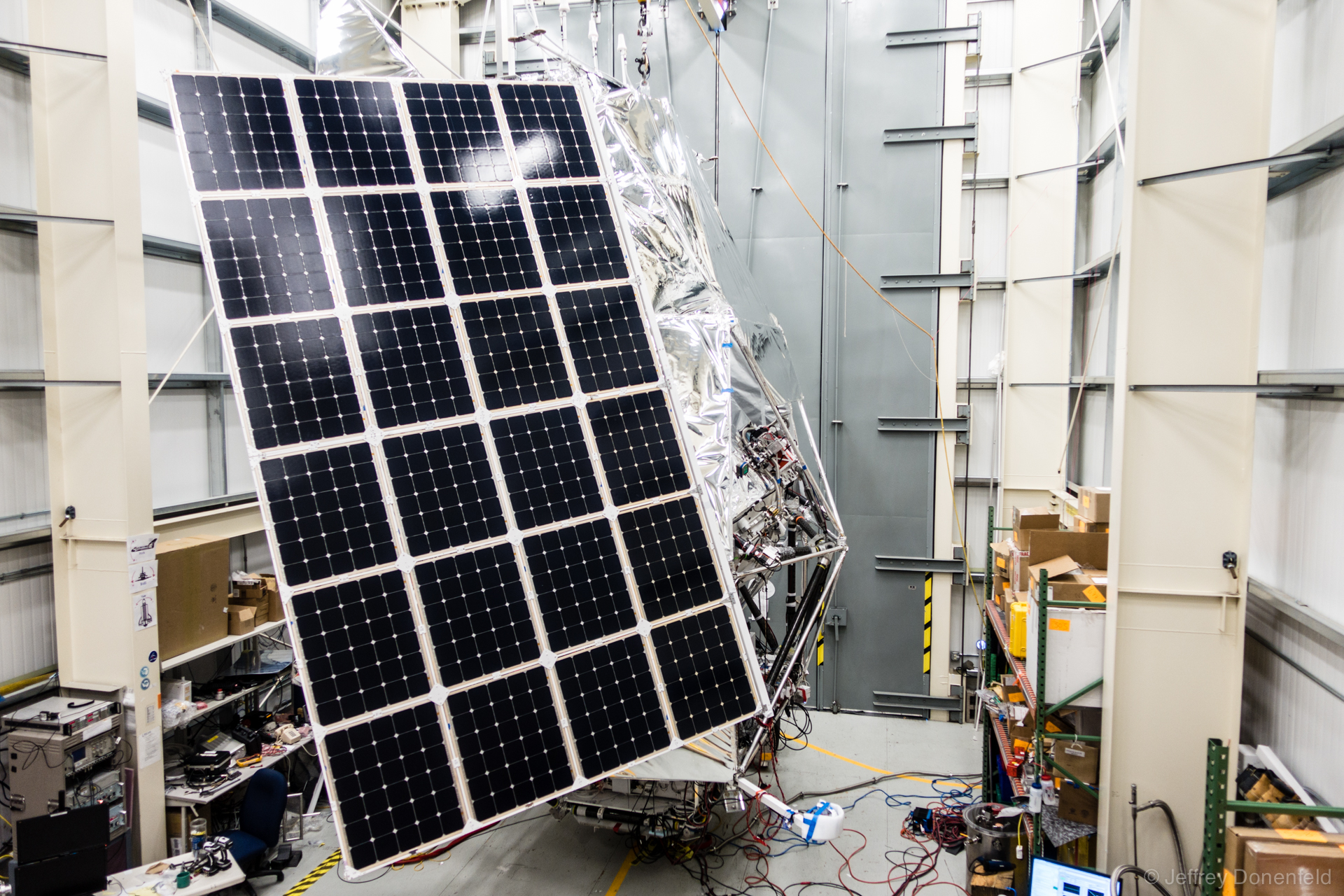One of the most interesting science facilities at McMurdo is the NASA Long Duration Balloon Facility. This site, on the ice shelf and well away from anything else is the assembly and launch area for extreme high altitude balloons, carrying a variety of science payloads. During my trip out there, I was fortunate enough to be allowed inside the hanger where the SPIDER Polarimeter was being assembled and tested. A few pics, as well as a video clip of the unit performing a scan test.










Here’s the launch:
https://youtu.be/yaYqKqeBuHo
Spider (polarimeter)
From Wikipedia, the free encyclopedia
Spider is a balloon-borne experiment designed to search for primordial gravity waves imprinted on the cosmic microwave background (CMB). Measuring the strength of this signal puts limits on inflationary theory.The Spider instrument consists of six degree-resolution telescopes cooled to liquid Helium temperature (4 K) which observe at frequencies of 100 GHz, 150 GHz, and 220 GHz (corresponding to wavelengths of 3 mm, 2 mm, and 1.4 mm). Each telescope is coupled to a polarisation-sensitive transition-edge bolometer array cooled to 250 mK.
The first balloon flight of the experiment is planned for 2013 from McMurdo Station, Antarctica, with support from NASA’s Columbia Scientific Balloon Facility. This Long Duration Balloon flight allows several weeks of mapping over about 10% of the sky. Further flights planned for successive seasons enable upgrades and changes to the modular telescope, and ever-improving depth for stronger results.
The primary science goals include:
characterization of the curl-free component of the CMB polarization on the largest scales
searching for the signature of inflationary gravitational waves in the CMB polarization
characterization of the polarization properties of the emission from our own Milky Way Galaxy
